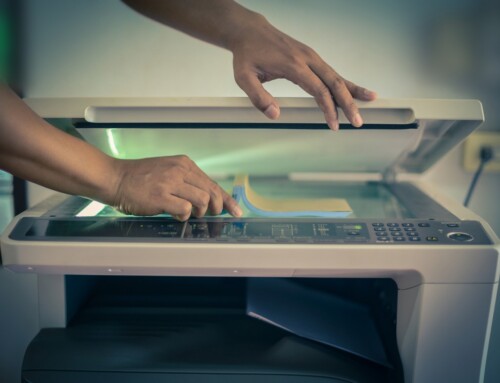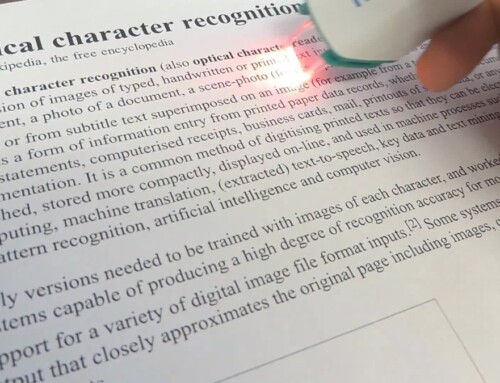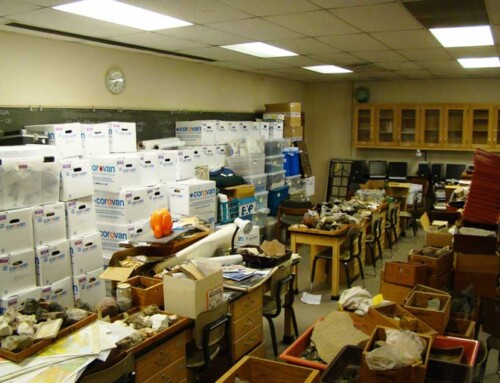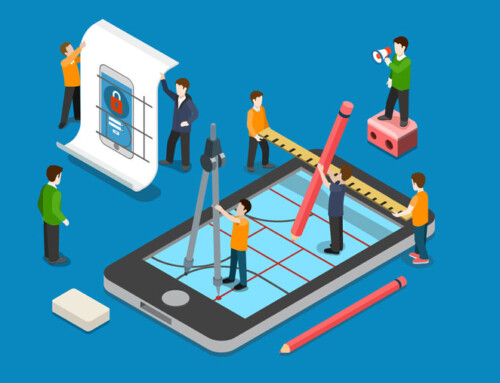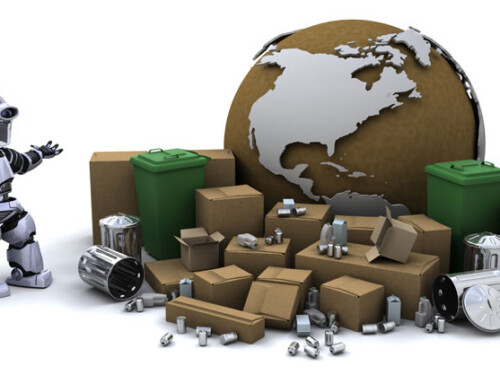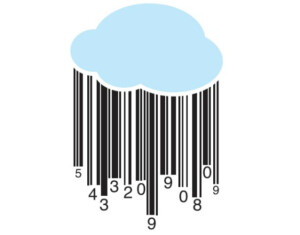 Some religions believed that they contained a hidden “666”. Others thought of them as an invasion of privacy, a secret surveillance method for the government to keep track of them. Phil Donahue called them a “corporate plot to confuse consumers”. What were they all so dead-set against?
Some religions believed that they contained a hidden “666”. Others thought of them as an invasion of privacy, a secret surveillance method for the government to keep track of them. Phil Donahue called them a “corporate plot to confuse consumers”. What were they all so dead-set against?
Barcodes.
The simple, ubiquitous barcode. Alternating patterns of black bars and white spaces. Hard to imagine that something so innocuous was so adamantly resisted at first. But they were. That said, in the 60+ years they’ve been around, they’ve come a long, long way.
What is a Barcode?
The most common and familiar type of barcode – seen on virtually every product in grocery and convenience stores – consists of a machine-readable code made up of black bars and white spaces, and a 12-digit numerical code beneath. This barcode, called the Universal Product Code (or UPC) is scanned by a simple laser light to identify the product being bought. It contains a trove of information in those little lines and spaces.
A Brief History
The barcode as we know it was developed in 1948 by Bernard Silver and Norman Woodland. They were trying to create a system to automate and improve product checkout at grocery stores. After various incarnations, they hit upon the barcode idea after apparently sketching it out in the sand at the beach one day. Over the next few years, it was tweaked and revised to a bullseye configuration, with the patent sold to Philco in 1962, and then the RCA Corporation sometime soon after that. It was RCA that suggested the barcode be tested as a potential checkout system, but their approach had serious issues related to printing that rendered them useless. IBM, however, was working on a linear design like the present appearance. The National Association of Food Chains ultimately chose the IBM linear design, and the very first product – a pack of Wrigley’s chewing gum – to be scanned using a barcode UPC was purchased on June 26, 1974. That receipt is now in the Smithsonian!
How Does It Work?
A traditional barcode consists of black bars and white spaces of various widths. There is a 12-digit code printed along the bottom, the numbers of which identify the manufacturer and the specific product. All UPCs are created and maintained by the Universal Code Council (or UCC), ensuring that no two products share the same barcode or product code. Each one is unique.
When a UPC barcode is scanned at the grocery store, it identifies the product and checks the price in the store’s own POS (Point of Sale) computer. This system allows the individual retailer to set the price for all products, which changes frequently for sales and bulk discounts.
The UPC barcode system revolutionized the grocery industry. Stores could now respond faster – almost instantly – to inventory and purchasing trends. Order products when running low, identify those that were not selling, track seasonal product highs and lows, and so forth. It was automatic data collection the likes of which had never been seen before.
And all because of a simple black and white pattern.
The Barcode Today
The UPC is still the barcode godfather, printed on every box, carton, package, and wrapping in the grocery store. But that’s not the only place we see them. Barcodes have been adapted and altered in many ways and by many industries in the past few decades. Consider:
- Barcodes on tickets to the theatre, the cinema, sporting events, concerts, and conferences. This helps reduce fraud (fake tickets are instantly identified when scanned because the barcode is wrong) and collects accurate and instant data.
- Tracking of animals, such as the recent project that placed tiny barcodes on bees to collect data on numbers and migration patterns, and other collection and conservation efforts.
- Identification and tracking on everything from people (patient bracelets in hospitals), packages (UPS and Fed/Ex labels), cars (at rental parking lots), and luggage (airline baggage tickets are barcodes encoded with passenger name and destination).
- Medication bottles, discount coupons, membership cards, and on and on.
Barcodes in IT
It’s not hard to see just how versatile and useful barcodes have become. We see them everywhere. A barcode is small, relatively easy to create (you can find numerous free barcode generators on the internet), but contains a plethora of data within its tiny frame. All you need is a scanner…and most modern smartphones have one built right in. People are using barcodes on business cards, posters, brochures, coupons, posters, and ads. Some are even changing the appearance – but not the basic functionality – to a more visually stunning aesthetic. Barcodes are becoming works of art. Art that contains data, but art nonetheless.
Barcodes and ccScan
In the world of business, barcodes are saving time and money. ccScan Advanced comes with a robust and powerful barcode engine for reading and creating 21 different barcodes to be used with your document scanning and importing. Of those, Code 39 and Code 128 are recommended for alpha-numeric purposes, while I-25 can be used for numeric only.
Among their many functions, barcodes can work with ccScan to automatically indicate document type (such as correspondence, invoices, contracts, load documents, and bank statements), keywords or indexes (used for further identification), document names, and document separation.
Setting up barcodes is super quick for any job, simply requiring you to select a series of choices from a dropdown menu or entry field. Create new barcodes and attach with adhesive labels, imprint directly on documents, or insert separator pages included with ccScan. So easy, but you’ll be amazed how much time and energy it saves you.
Document Separation
A simple barcode separator page can be used to automatically separate large batches of files into individual documents. A high performance scanner with an automatic document feeder (or ADF) can handle hundreds, if not thousands, of pages at a time. But unless each page belongs to the same account or file, someone would have to sit there all day and manually feed only those pages that should be saved together. Otherwise, the hundreds or thousands of documents would be saved as a single file.
Not so with barcodes. By inserting a barcode separator page at the beginning of each new file, a program like ccScan will identify the barcode and recognize it as the start of a new document. All subsequent pages would be scanned and saved as one until it reaches the next barcode, at which point ccScan would start a new file. Repeat. Using this ingenious system, a scanner with an ADF can handle thousands of pages, save only those that belong together as a file, and all without supervision. Set it, forget it, and walk away.
Keywords and Indexing
Barcodes can also be used for indexing purposes. With ccScan, the attached barcode value can be automatically applied to file and folder names, descriptions, tags, and so forth.
Using barcodes with your documents provides a valuable key to be used in both storage and retrieval in a content management system. Add a barcode to documents to automatically associate them with a particular file or account, or to populate various input fields. Things that used to require time and energy (someone manually entering the information) is now done efficiently at the touch of a button. The possibilities are virtually endless.
When you download your free trial of ccScan be sure to check out our “How to Use Barcodes” and “Document Separation Reference” in the ccScan help file for a more detailed explanation. See for yourself how efficient and collaborative ccScan and barcodes can be.
Those tiny black and white lines are literally changing the way we collect and process information. From its humble beginnings drawn in the sand 65 years ago, look how far they’ve come. And just imagine where they might be in the next 65 years…

